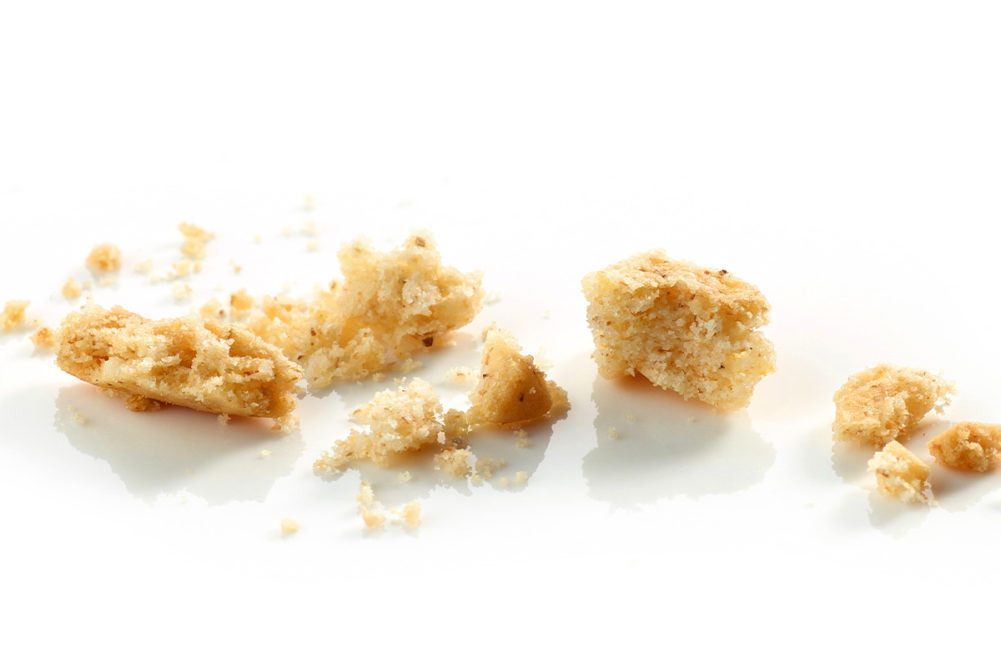ADANA, TURKEY — Does incorporating upcycled bread crumbs into dry dog food impact structure, texture or digestibility of the diet? These are questions Ercan Mevliyaoğulları, Ph.D., founder of MEVLI Pet Food, and a team of researchers at Turkey’s Kırıkkale University sought to answer in a piece of research recently published in the peer-reviewed Journal of Cereal Science. The research served as Mevliyaoğulları’s doctoral thesis.
Upcycled ingredients have disrupted the pet nutrition scene as a way to add value to otherwise wasted ingredients, as well as support pet health. Several produce and wheat-based ingredients — including blueberries, sweet potatoes, flaxseed, carrots, and various flours — are currently being used in the North American pet food and treat industry to capitalize on sustainability as a consumer priority.
According to the study, global bread waste has been estimated between 7% and 10% of global production, which amounts to nearly 100 million tons annually. That’s between 7 million and 10 million tons of waste. Previous studies have attributed up to 30% of global food waste to baked commodities such as bread.
In pet food, grain ingredients such as wheat, corn and rice are used commonly as carbohydrate sources. Although the pet nutrition industry battles misconceptions about the inclusion of carbohydrates in dog and cat food, these macronutrients are a prime source of calories and energy and help with the digestion of other key nutrients from other ingredients. Additionally, starchy ingredients like wheat can provide structural benefits to a kibble formulation.

Ercan Mevliyaoğulları, Ph.D., founder of MEVLI Pet Food and lead researcher for the study.
| Source: Ercan MevliyaoğullarıBut what if the industry utilized upcycled bread crumbs as a key source of carbohydrates instead? In Mevliyaoğulları’s study, three diets were formulated — each one extruded and baked, making for six test diets overall — with varying levels of bread crumbs in replacement of corn, rice and/or wheat. The control formulation contained no bread crumbs, the first test formulation contained 29.5 grams of bread crumbs for every 100 grams, and the third formulation contained 47.5 grams of bread crumbs for every 100 grams. All diets were designed as maintenance diets for adult dogs.
Kibble properties
The first leg of the study explored how bread crumb-inclusive diets might differ in texture or appearance. The texture of the three test diets were compared to that of 10 commercially available kibbles, each from a different brand.
Results showed increasing the concentration of bread crumbs in a baked or extruded dog diet caused “increased mean cold viscosity values, decreased peak and paste viscosity, higher expansion indices, and lower bulk density.” Kibble expansion was the highest in the test diet formulated with the highest amount of bread crumbs (47.5% ratio), and the lowest expansion value was noted for the control diet formulated without bread crumbs.
Mevliyaoğulları et al. attributed this to a rise in pregelatinized starch content resulting in the use of the bread crumbs, which had already been baked before being cooked again in the final dog food formulas.
“The introduction of pre-gelatinized amylopectin results in an increment in the number of bubbles when compared to native amylopectin found in raw grains,” Mevliyaoğulları et al. wrote. “The generation of bubbles potentially prompts the expansion of the extrudate.”
Additionally, the density of extruded dog food decreased as the concentration of bread crumbs increased, indicating changes in the kibble structure due to the addition of this upcycled ingredient. The color of the final product was also impacted by the inclusion of bread crumbs, with lightness increasing among diets that had higher bread crumb levels.
These results were largely similar across the extruded and baked diets.
In vitro digestibility
The second leg of the study looked at in vitro digestibility of bread crumb-inclusive dog diets. Overall, no significant differences were found in dry matter digestibility across the test diets, but a significant reduction in crude protein digestibility was observed in the diet formulated with the highest amount of bread crumbs (47.5% ratio) in comparison to the control diet. Mevliyaoğulları et al. attributed this to products of the Maillard reaction and protein-starch complex formation, “both of which can limit the availability of proteins to proteolytic enzymes.”
Nitrogen-free extract (NFE) digestibility increased alongside the ratio of bread crumbs in the diet, with the highest NFE digestibility score seen in the 47.5% ratio diet. This could be due to several factors, Mevliyaoğulları et al. stated, including the presence of pre-gelatinized and partially dextrinized starch, as well as higher porosity of the upcycled bread crumps causing structural differences.
“These findings suggest that the pet food industry can benefit from an innovative approach to managing food waste while producing pet food products with comparable physical and digestibility values with commercial formulations,” they concluded.
Find the full study online here.
Read more about product development, ingredients and formulation.





